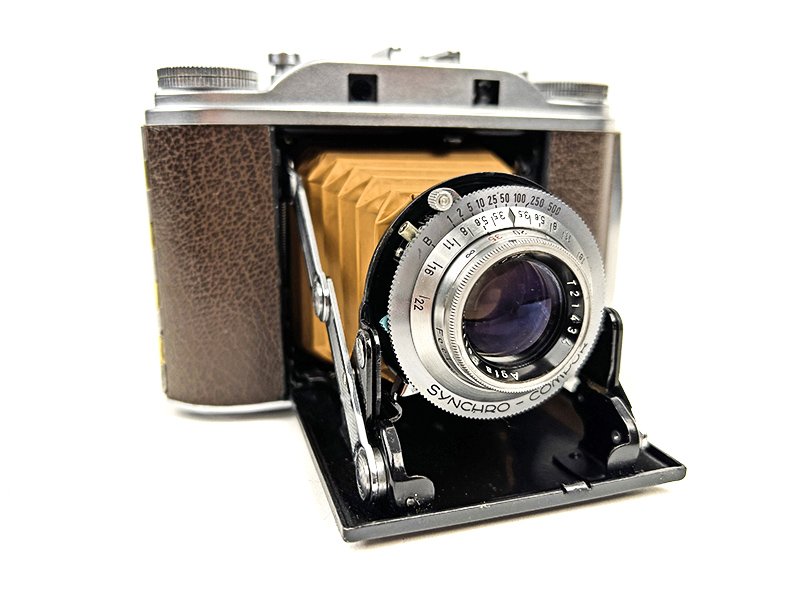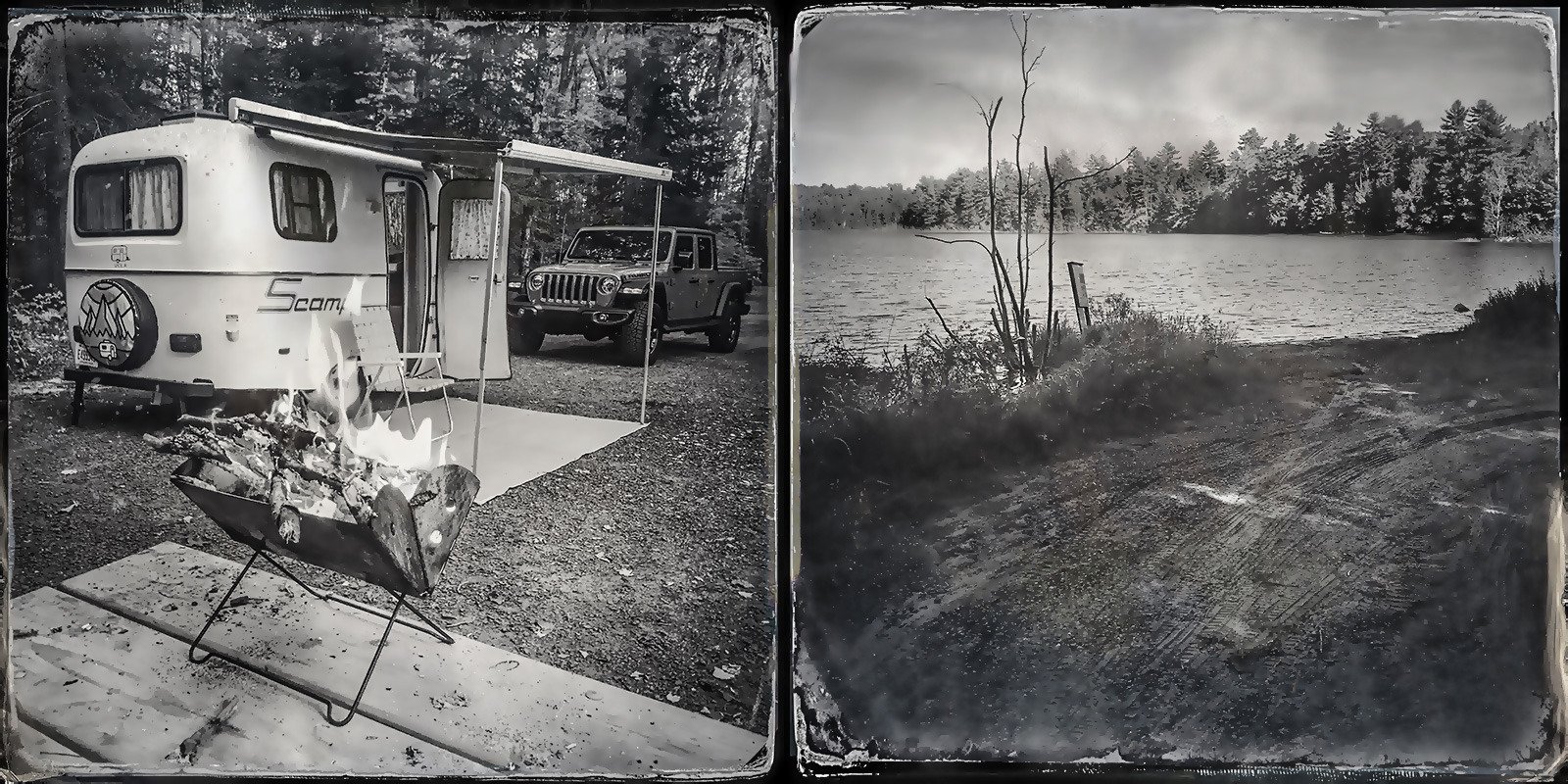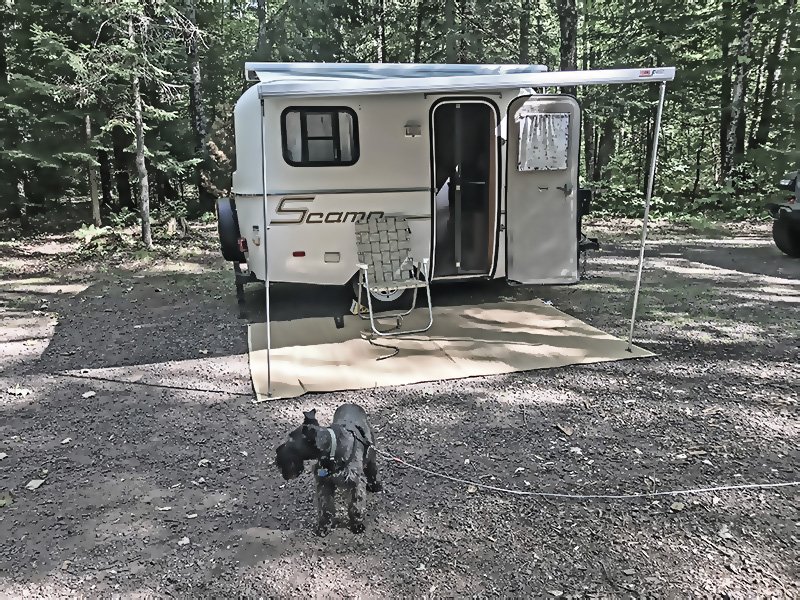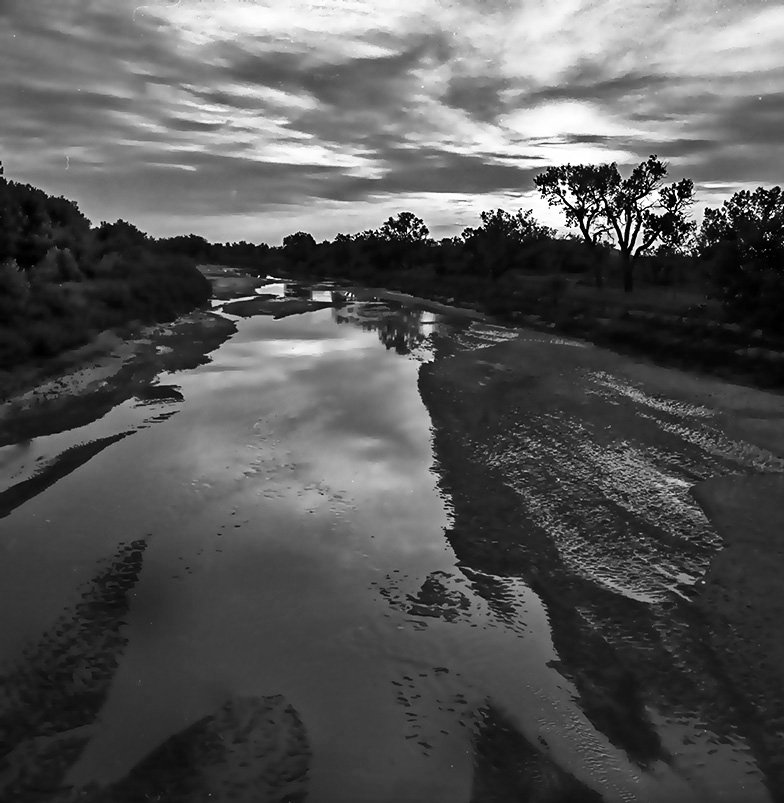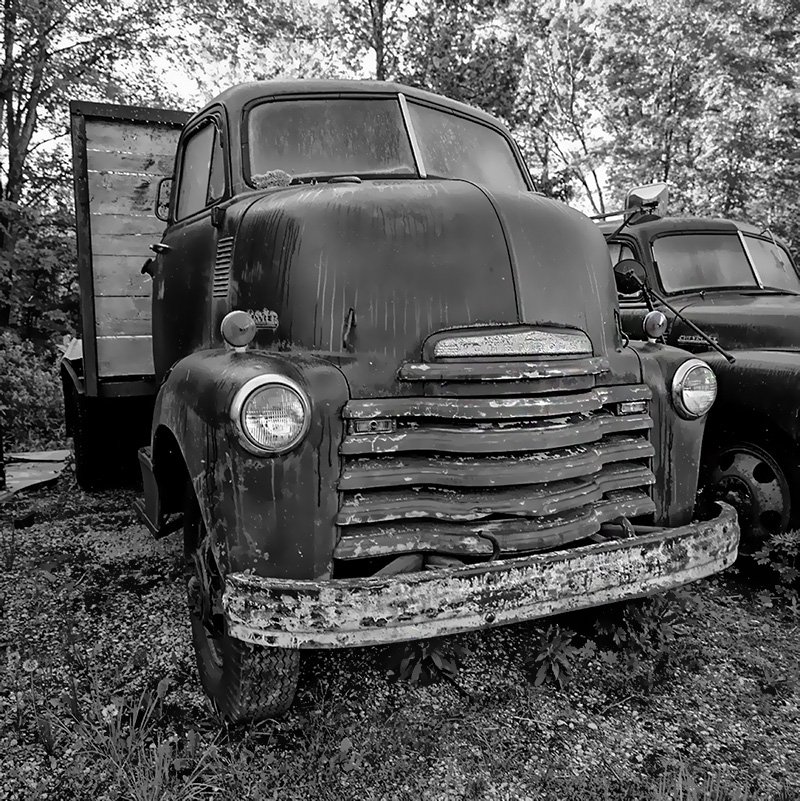Fayette State Park, Snail Shell Harbor, Lake Michigan-Mamiya 6 with T-Max 400
My younger brother, Karl, joined me for an overnight camping and two day photography excursion at the beautiful Fayette State Park on the Garden Peninsula, situated on Snail Shell Harbor of Lake Michigan. The park features the preserved village of Fayette, a once thriving industrial community that manufactured charcoal pig iron between 1867 and 1891. The village overlooks towering 90 foot limestone cliffs and crystal clear waters of Lake Michigan. The preserved buildings that remain have withstood 150 years of Upper Peninsula weather since there inception in the 19th century, with the help of State Park staff and resources.
Brothers (Kirt and Karl)
The park and village are near the bottom of the Garden Peninsula on Big Bay De Noc of Lake Michigan. Enough out of the way that the park historically does not get the visitors seen at more easily accessible locations across the Upper Peninsula. As a result, my brother and I were the only campers present during our May stay…a welcome outcome for those who travel to make images.
My 13ft Scamp (Viola)
Karl’s Newly Acquired Popup
Also joining us was Benny, my soon to be 16 year old Black Schnauzer, who in spite of his failing health, loves to camp and was all smiles for the entire journey. During past visits, I have usually photographed with the Hasselblad 501CM, using both the 80mm Planar CFE and 50mm Distagon FLE. As this trip was limited to two days of shooting, I opted for the Mamiya 6, my favorite travel camera that can easily be hand held (unlike the Hasselblad which is always on a Gitzo tripod). I also took two vintage cameras….the Agfa Isolette III German folder and Olympus 35 RC for fun. Previous trips have been focused on collecting images for my second book, In That Moment, so this short trip offered the simplicity of no agenda or pressure to achieve an end product or vision.
The Mamiya has three lenses, which together make it very suitable as a travel tool….50mm wide angle, 75mm standard, and 150mm telephoto. The rangefinder spot is bright and easy to focus on the 50 and 75mm lenses, but the 150mm is a tad challenging. The image quality on all three lenses is easily neck and neck with the Carl Zeiss lenses of the Hasselblad. I shot Kodak T-Max 400, rated at ASA 200 (to improve shadow detail) and developed in Rodinal 1:50. Karl has been a digital shooter for many years and brought his Canon equipment.
We toured the park and shot primarily architectural images from early afternoon until supper. Our first night saw temperatures in the low 40s and a heavy rain. We were both glad to have propane furnaces in each of the campers and remained dry and warm until rising at 5:00 A.M. to make coffee and walk the dog. We shot from 7:30 A.M. until 10:00 A.M., at which time I packed up the Jeep and Scamp and headed back the 225 miles to home in the far western end of the Upper Peninsula-about a four to five hour trip.
Spending time at Fayette, much like the Keweenaw Peninsula, takes me back to those years in the later 1800’s in which my maternal family migrated from Montreal Quebec to Calument/Laurium. They did not leave until the copper mines went on strike in 1912, at which time they migrated to Detroit, my place of birth.
Olympus 35RC
Snail Shell Harbor, Big Bay De Noc, Lake Michigan
Mamiya 6 with 75mm
1800’s Dock Pilings-Mamiya 6 with 75mm
Docks and Village-Mamiya 6 with 150mm
Olympus 35 RC
Dock Pilings-Snail Shell Harbor
Olympus 35 RC
Door and Window Detail-Agfa Isolette III with 3.5/f Solinar
Porch-Mamiya 6 with 75mm
Snail Shell Harbor Dock Pilings-Mamiya 6 with 75mm
Door Detail-Mamiya 6 with 75mm
Door Detail-Olympus 35 RC















